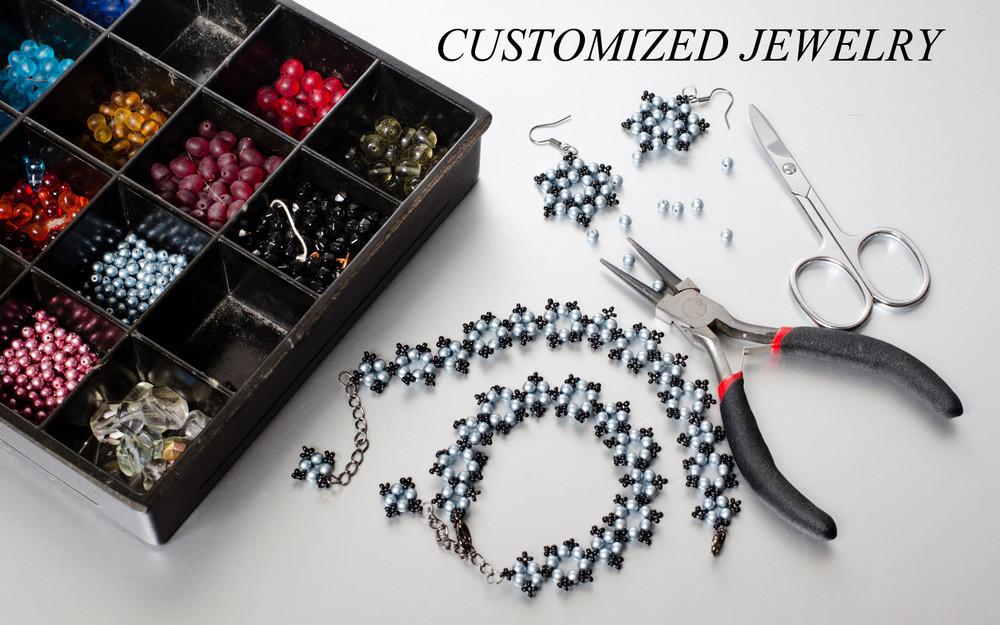Jewellery making is one of the earliest forms of art in civilisations dating back thousands of years to ancient Egypt and Mesopotamia. It has undergone constant evolution and improvement with advanced metallurgy and the advent of a scientific society that allows more intricate metalwork to make more sophisticated jewellery as compared to the simple beadwork and crude metal-work of the ancient times.
Ornamentation with jewellery in ancient times was a way of symbolising status and social stature and so it was only limited to the nobility and the aristocrats. It was also used to signify religious faith and to display precious gemstones.
The making of a single piece of jewellery is backed by a lengthy process that involves creating the design to sourcing raw materials followed by a painstaking procedure of metallurgy and stone placement that is done manually. Some jewelleries are comparatively easier to make such as oxidized jewellery which only requires the assemblage of different parts that are readily available in the market. Similarly, the parts for silk thread jewellery are also easily obtained and all that’s required is weaving the thread with desired parts to make striking pieces. Whereas other types of jewellery, such as terracotta jewellery, take longer hours and a highly intricate process for one single piece to be made.

 The general process of making terracotta jewellery involves a type of ceramic which is molded into a clay form according to a pre-designed pattern. After the designing is done, the jewellery is dried for six to eight hours in an open space without sunlight. The initial drying process is followed by drying under direct sunlight for two hours which makes the jewellery ready for baking under anaerobic conditions for a minimum of 8 hours which turns it black in colour. The terracotta jewellery is then painted with fabric colours followed by a coating of varnish to give it a glossy effect. That’s over two days for making a single piece of jewellery!
The general process of making terracotta jewellery involves a type of ceramic which is molded into a clay form according to a pre-designed pattern. After the designing is done, the jewellery is dried for six to eight hours in an open space without sunlight. The initial drying process is followed by drying under direct sunlight for two hours which makes the jewellery ready for baking under anaerobic conditions for a minimum of 8 hours which turns it black in colour. The terracotta jewellery is then painted with fabric colours followed by a coating of varnish to give it a glossy effect. That’s over two days for making a single piece of jewellery!
The process of making polymer jewellery is similar to that of terracotta jewellery but it does away with the colouring and the drying part. Polymer clays are readily available in a huge variety of colours. One only needs to condition the clay in a pasta machine, mould it according to desire, and then bake it in an OTG oven.

The making of bamboo jewellery demands the most skill and experience as it requires splicing, polishing, and weaving of very thin slices of bamboo. Only highly skilled artisans are able to safely handle the procedure to make breathtaking pieces of jewellery.

Jewellery making thus carries with it the hard-work and love of the artisans who take up this craft as a profession. The ingenuity and dexterity behind the making of each and every piece of jewellery is truly something to behold.


